SSE has just completed its four-week trial of the First Hydrogen fuel cell van, becoming the second UK business to generate real-world data following Rivus in May.
The utilities company has a target of achieving net carbon zero by 2030 and its 3,000-vehicle fleet is a focal point of this Net Zero Action Plan. Despite only starting in 2019, SSE has already transitioned almost 40% of its fleet to electric, totalling more than 1,100 units.
But it recognises that battery electric is not the only solution it will need to utilise, hence the eagerness to test hydrogen fuel cell.
“We don’t have anything for the Transit van size that can meet zero emissions and is suitable to undertake some of the duty cycles we are running in operational areas such as Aberdeen,” said Simon Gray, SSE head of fleet services.
“This was too good an opportunity to measure real-world performance with a forward-thinking technology developer.”
The 3.5-tonne prototype panel van was deployed at SSE’s Aberdeen site which is adjacent to a refuelling station. It presented a very different set of journey conditions to the Rivus trial, which was conducted in urban and extra urban environments on fairly flat routes.
Three use cases were tested: long distance/higher speeds, shorter distance and low mileage city use, each with an assortment of full and partial loads. The routes around Aberdeen were hilly, and the journeys carried out in a variety of warm and cold weather and on various road surfaces but primarily in light traffic conditions.
The trial was designed to provide both SSE and First Hydrogen with crucial data about payload performance, refuelling times, downtime, driving distances and coping with an infrastructure in its infancy. For First Hydrogen, it was also the first trial with an end user carrying out a daily work schedule.
Four SSE drivers from a range of backgrounds – one hybrid, one electric, one diesel plus a hydrogen advocate - were selected to test the van. They underwent two days of familiarisation training with First Hydrogen engineers, which included on-road instruction and refuelling.
Scott Bell, regional fleet, FM and logistics manager, SSE, said: “The feedback from drivers has been really good. They are pleased with the way it drives – it’s smooth and responsive – and they are getting very similar range to a diesel van, even with a full load. They were surprised by both how quiet the van is and how quick it is to refuel.”
The higher speed distance driving routes yielded some surprising results. On average, hydrogen consumption was 1.58kg/100km, giving a range of 630km (392 miles), comfortably exceeding the 373-mile pre-demo testbed figures.
At a hydrogen cost of 9.23 per kg, that equates to 23.5p per mile. It compares favourably to the 22ppm for a 30mpg diesel van at current diesel prices, but is more than the 18ppm for an electric van (at 40p/kWh and 2.2mi/kWh - stats from Rivus real world testing).
The efficiency figure was achieved while carrying a near full load (admittedly a low 630kg on the demo vehicle, but that will rise to 950kg on the production van which will use lighter build materials - note the Ford E-Transit offers 1,711kg gross payload). Peak range exceeded 400 miles.
As a hybrid, the First Hydrogen van has another attribute which greatly benefits stop-start urban driving: it can supplement hydrogen consumption with battery power. During most of SSE's urban journeys, the van maintained its battery at maximum charge by regenerating from braking - in other words, the amount of kWh the battery charged and discharged was comparable - thanks to the efficiency of the onboard energy management system.
“We were seeing lots of battery regenerative braking in the city, so we didn’t use as much hydrogen,” said Bell. “The van is probably better than diesel in the city because of this.”
This second trial threw up some unexpected challenges. During the first couple of weeks, both hydrogen refuelling sites in Aberdeen were being refurbished which meant they were operating at just 350 bar, half the usual pressure.
Consequently, the vans could only take on board just over half their usual 10kg capacity of hydrogen; yet they were still able to execute duty cycles with 350km (217 miles) of range.
Allan Rushforth, First Hydrogen chief commercial officer, also admitted to other obstacles, including technical issues with the van, some of which were fixed remotely via diagnostics.
“This was because of the extremes of this trial,” he said. “We had to manage expectations - it’s a prototype van that we were pushing beyond its limits.”
Nevertheless, the trial impressed SSE; it has already agreed with Rushforth to take the van back at the end of the year for winter testing.
Gray said: “There is definitely a case for hydrogen in 3.5-tonne vans upwards. We are a specialist fleet with heavy loads and a range of routes. We still have stormy weather that challenges us, and, in some areas, our drivers are out for two-to-three weeks fixing equipment. This is where hydrogen has a future.”
Graham Robinson, SSE national zero emissions manager, added: “We will try all zero emission vehicles that come to market. The SSE board welcomes innovation.”
Steve Gill, CEO of First Hydrogen Automotive, praised SSE's "enthusiasm" for the trial and "how receptive the team is to innovation".
He said: “Working with such an enthusiastic team at SSE meant we were able to undertake different routes and see the vehicle perform in driving conditions it has not experienced before. We are thrilled with these initial results, which are helping us to build a true picture of the vehicle’s capabilities. The trial data shows efficient performance from the fuel cell and suggests that heavier payloads and consistent driving at higher speeds do little to diminish range.
“The strength of this partnership means we are exploring opportunities to return to Scotland for a winter trial to test the vehicle’s performance in colder temperatures where hydrogen is expected to offer advantages over other zero emission technologies.”
First Hydrogen's next UK trial will take place in September with an as-yet unnamed parcel delivery company, followed by one with a major global fleet, said Rushforth.

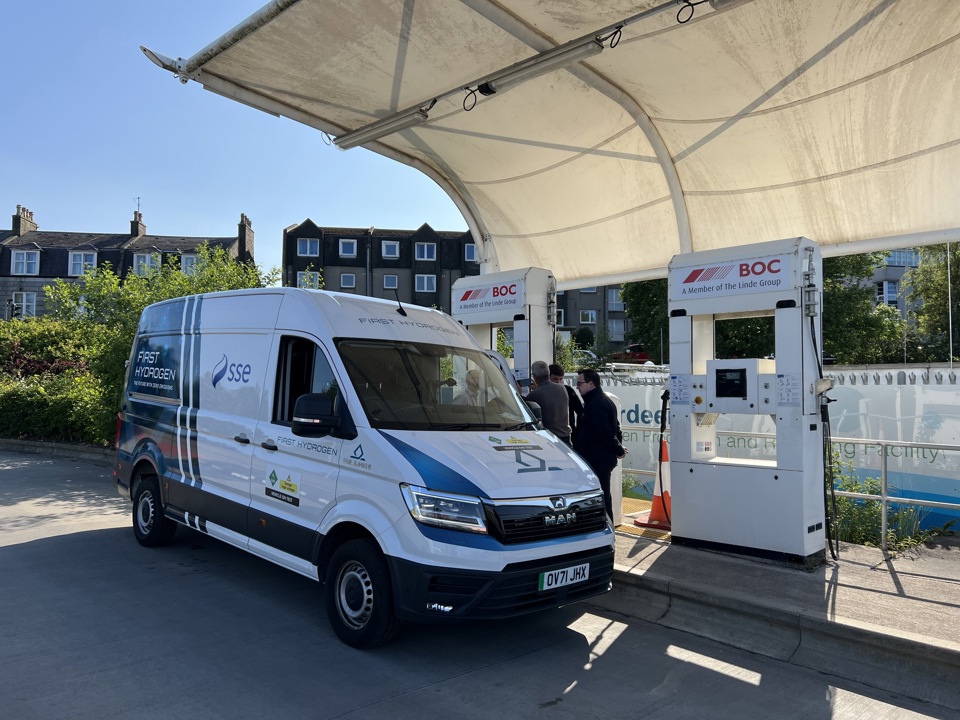




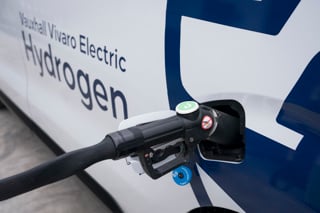
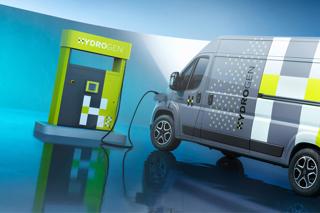
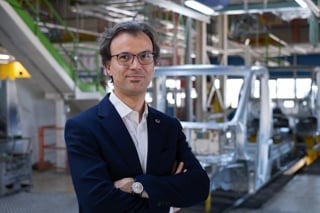

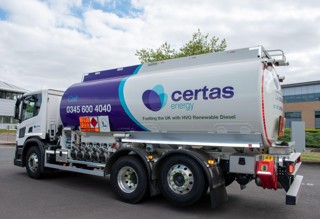








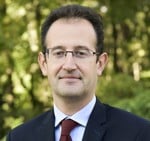



Login to comment
Comments
No comments have been made yet.